Mechanical Butterflies for O2
This project was made working closely with digital artists Is This Good?
Four butterflies were created, incorporating phone parts to draw attention to a recycling scheme by O2.
My involvement was to construct the underlying mechanisms, and the sculptural steel stands that everything was mounted to.
The guys at Is This Good? created the incredibly clever system to communicate between the phone, tablet, Rasberry Pi, Arduino, LEDs, lasers, servos, stepper motors etc. in each unit, as well as generating the graphics on 8 pairs of different types of smart phones. This was all activated when someone called the unit from their phone.
Prototypes
The initial aim was for the wings to have the ability to twist and also close completely when in a 'rest' position. Due to the weight of the phones, and need to keep everything compact, it was decided to split these features over two types of butterflies. These became affectionately known as the 'flappers' and 'twisters'.
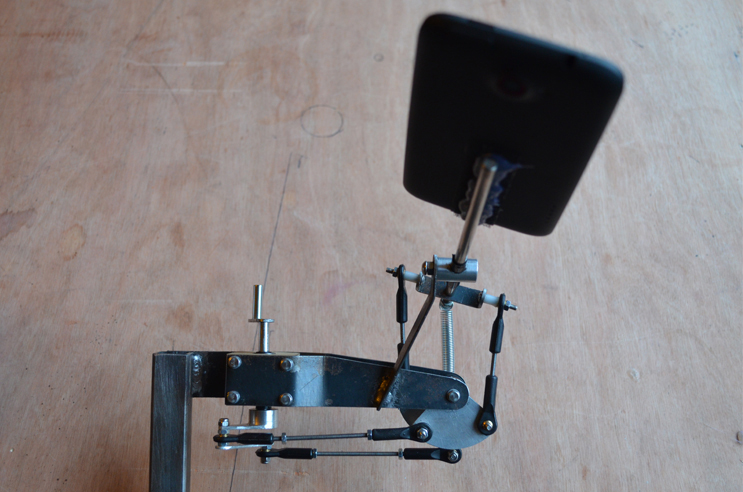
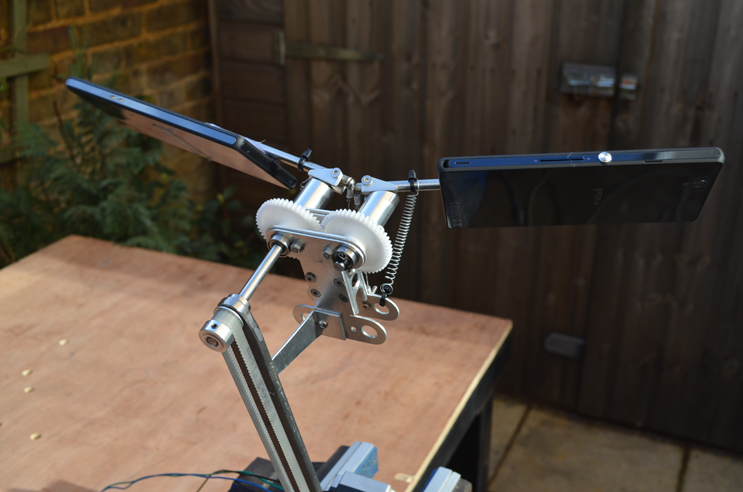
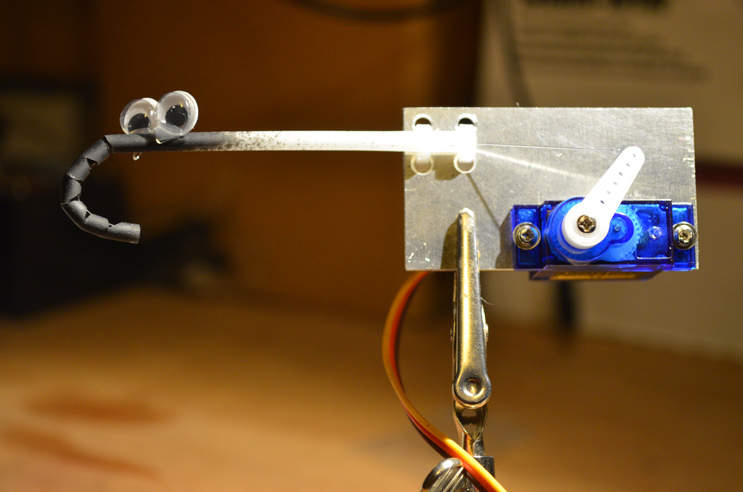
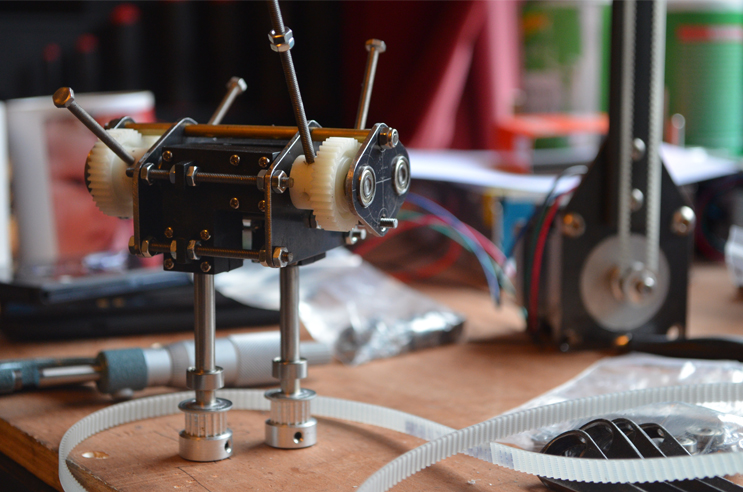
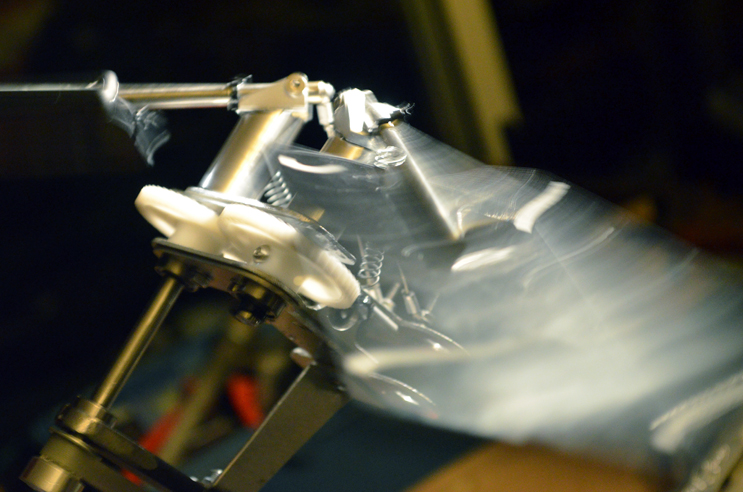
Final Mechanisms
To create the twisting motion of the wings, rotating cylindrical cams with a sloped plane were used. These were inspired by the 'wobble box' mechanism of a combine harvester.
There are few questions in life that can't be solved by the contemplation of combine harvesters.
Here's the jig for counterboring the recess for the sloped bearing:
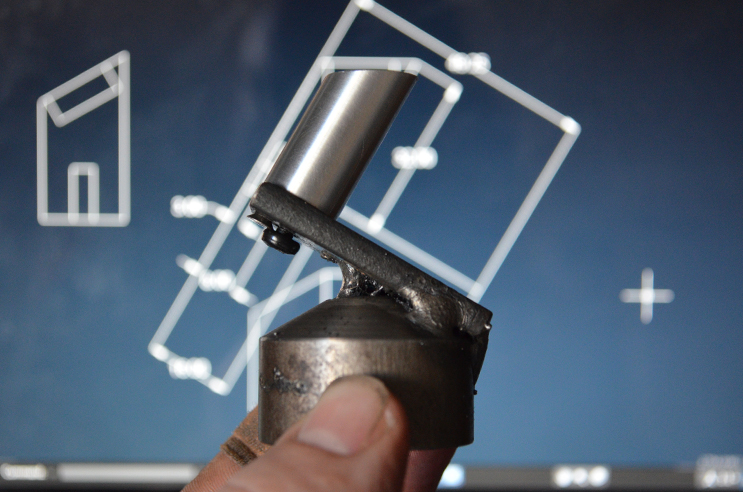
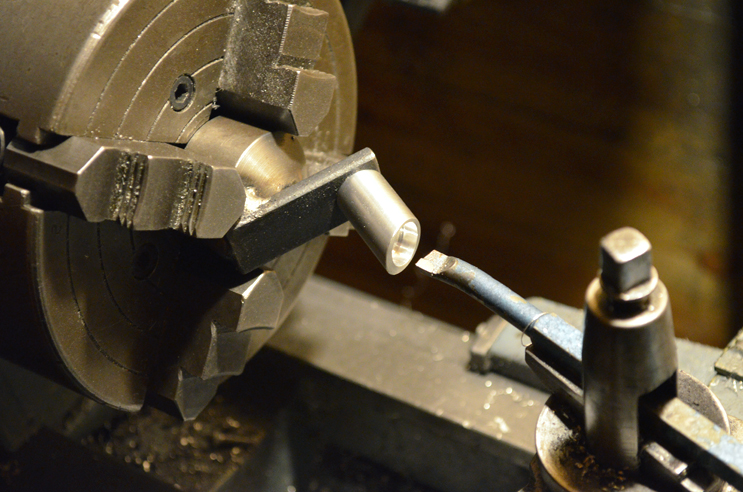
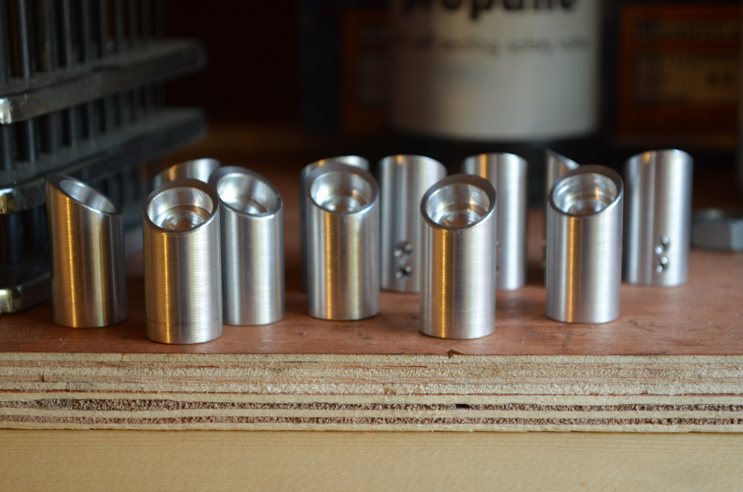
With linkages attached - rose joints and ball joints.
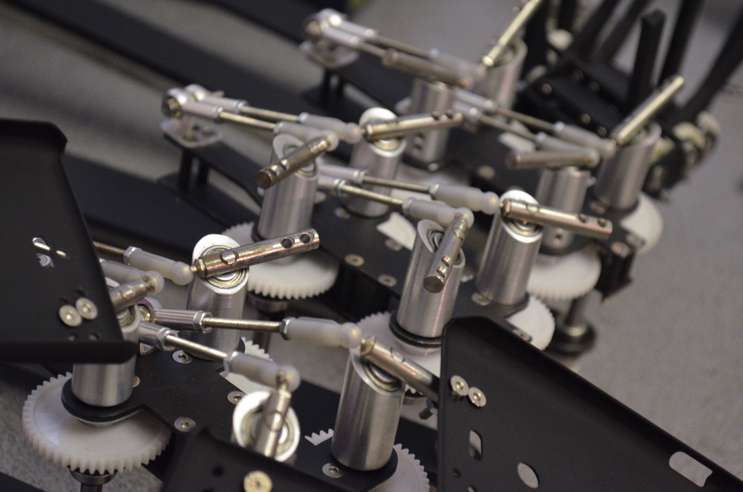
Stepper motors and driver boards
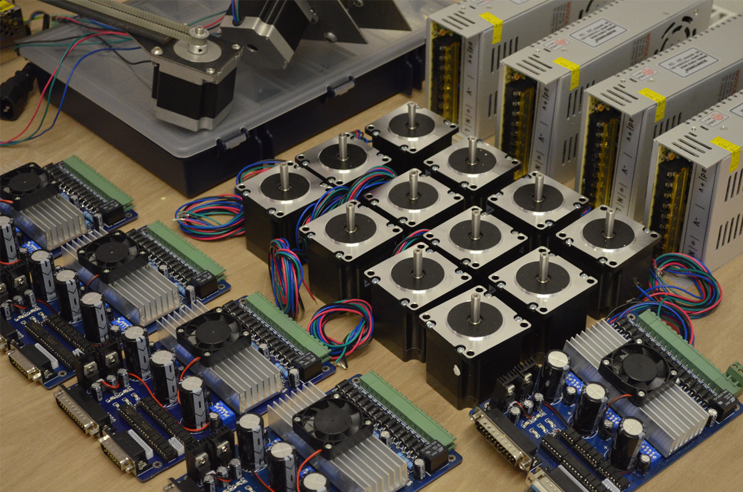
Five completed mechanisms with motors attached. The two units on the right are the flapping version - two bevel gearboxes, each driving a pair of spur gears, each gear with an arm attached.
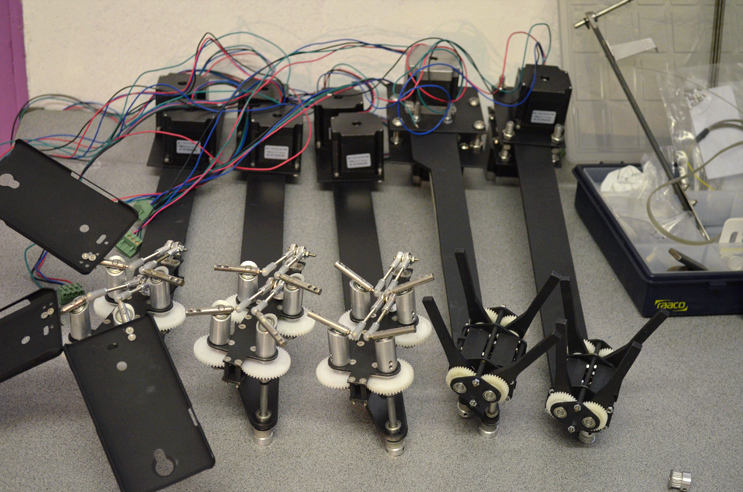
Stands
Rather than mount the butterflies on boring white plinths, it was decided that giant stylised blades of grass would be more fun. Chris produced a computer generated model...
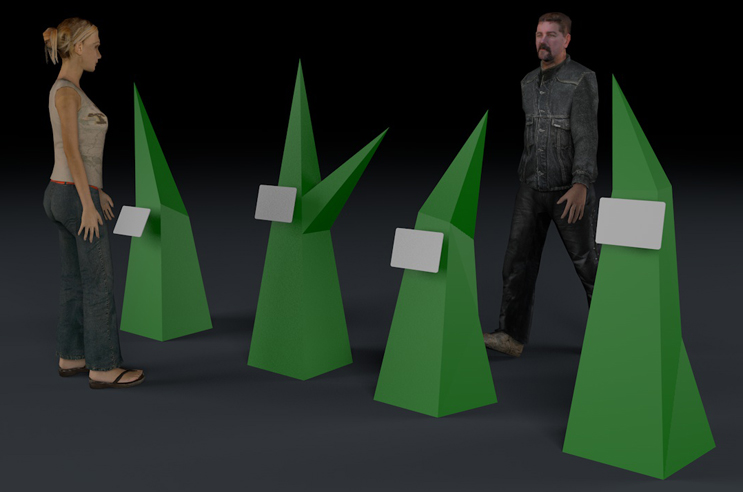
...which Marek then flattened using some software that he wrote specifically to perform that task. I was given an AutoCAD file from which I could extract the dimensions of the triangles to be cut out - awesome.
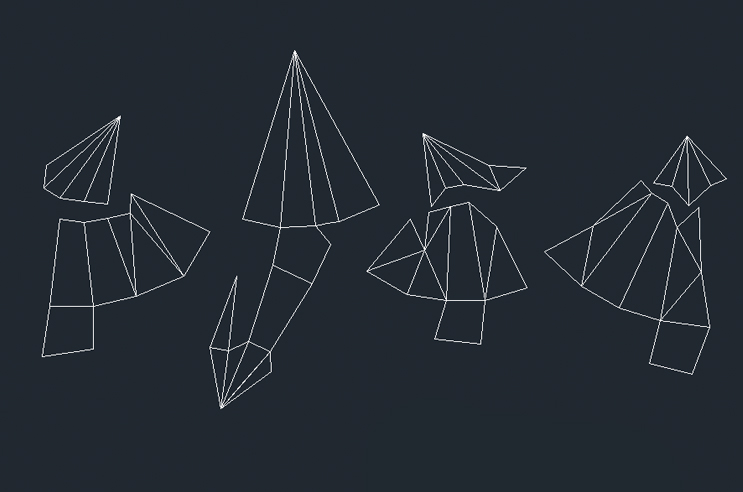
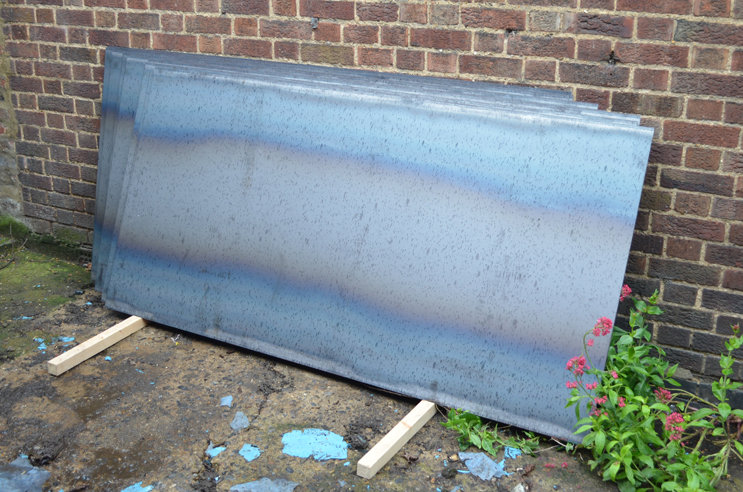

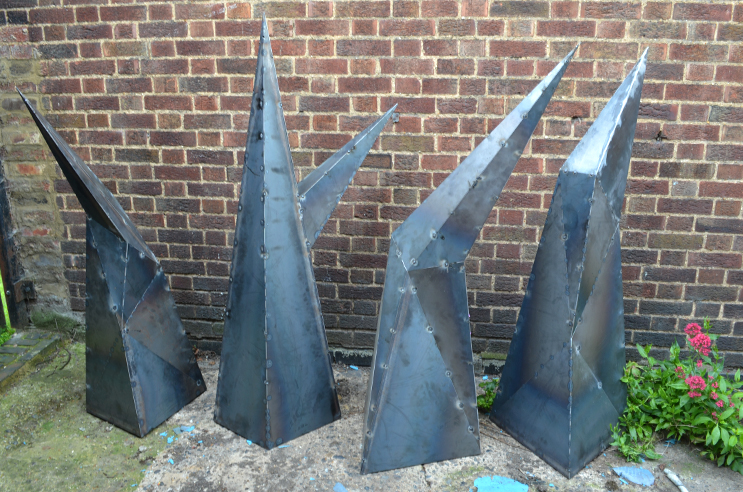
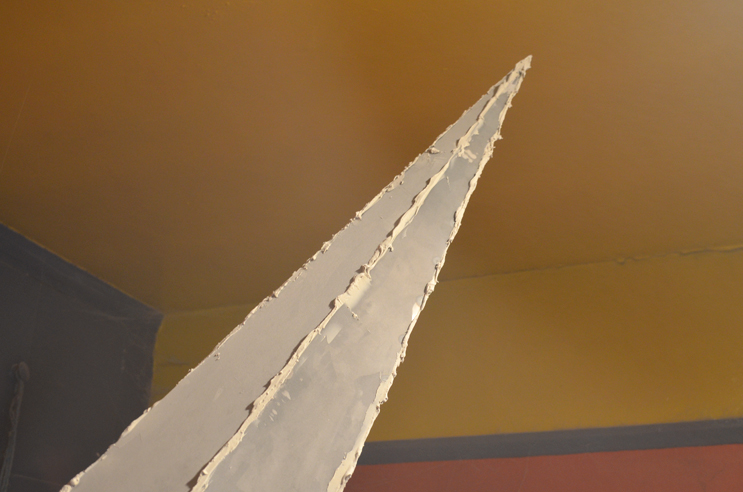
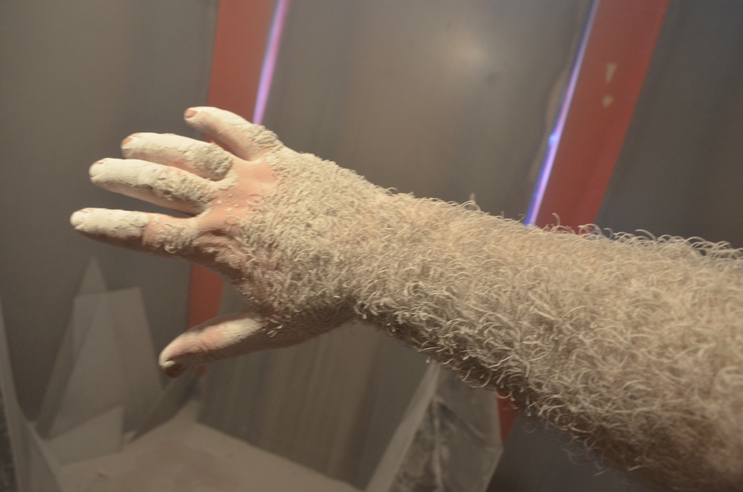
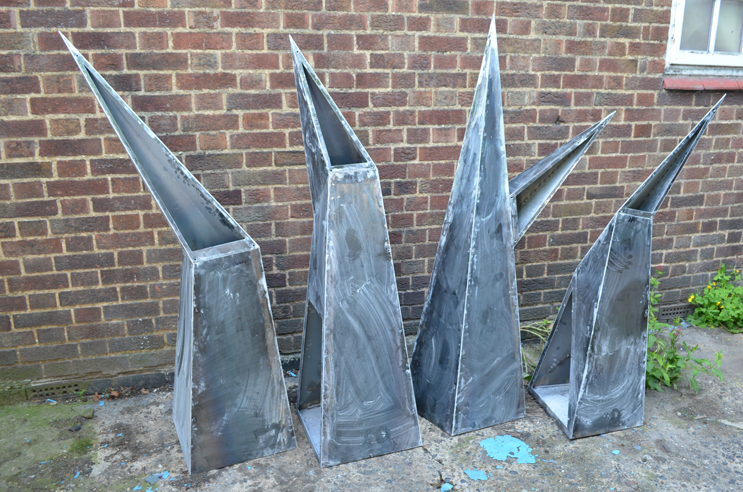
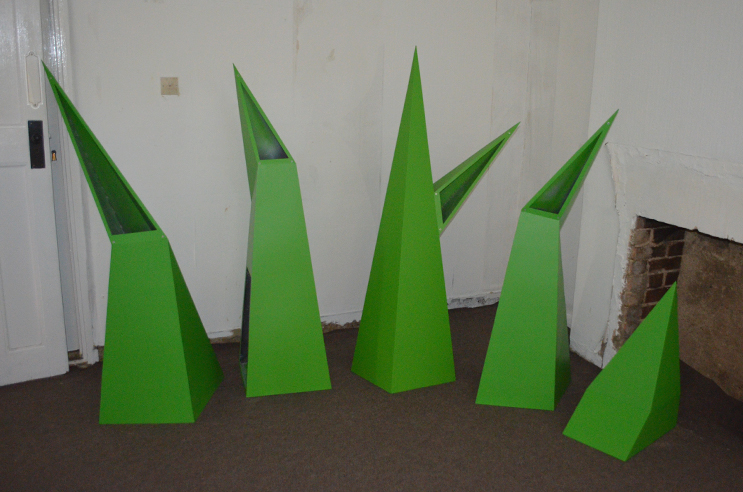
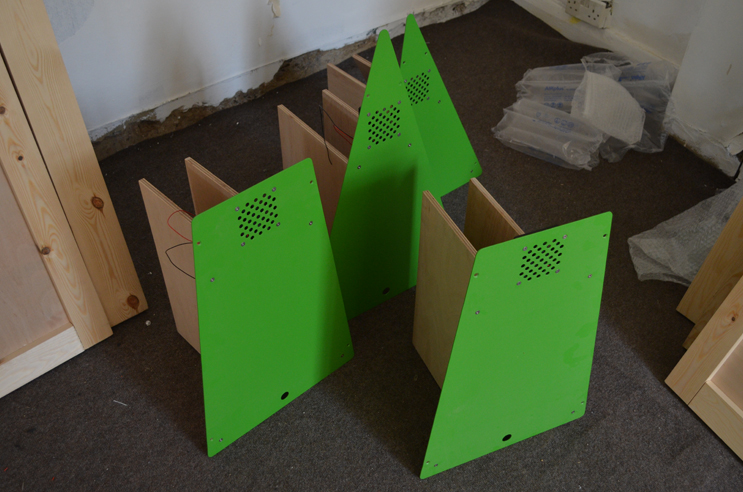
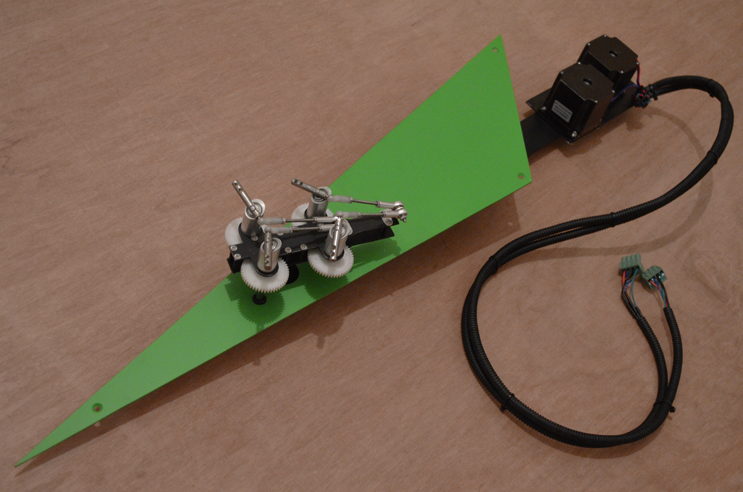
The motor assemblies were fixed to the casing using rubber anti-vibration mounts to reduce noise
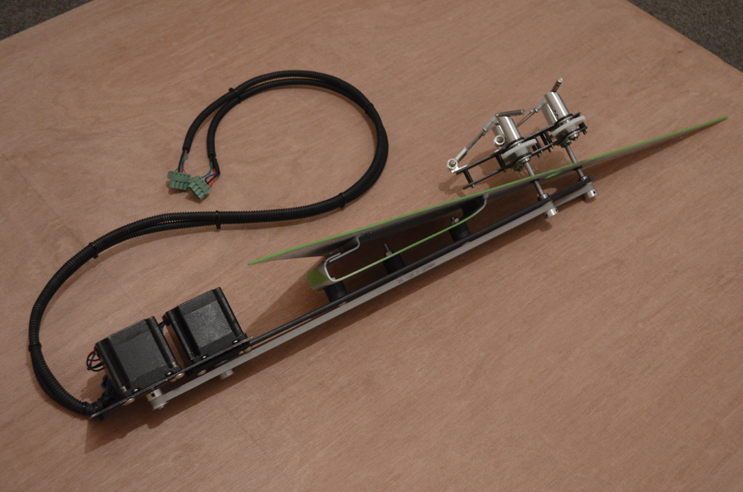
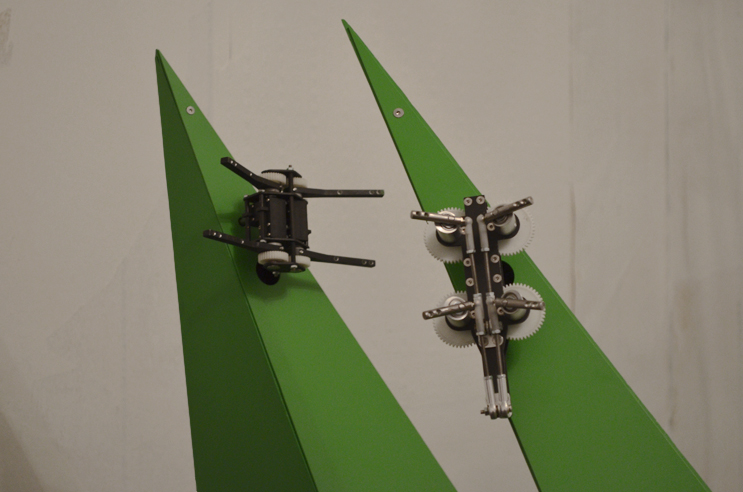
Over to the Is This Good? studio...
The project came together with a team of great people working on programming, wiring, modelmaking and general last minute twiddling.
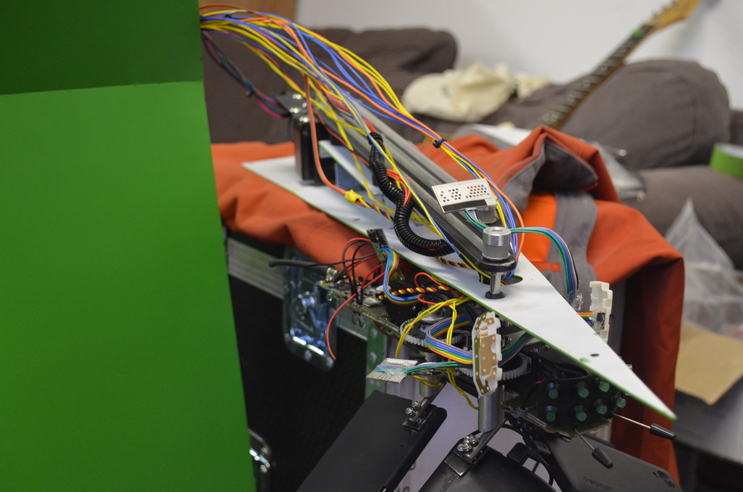
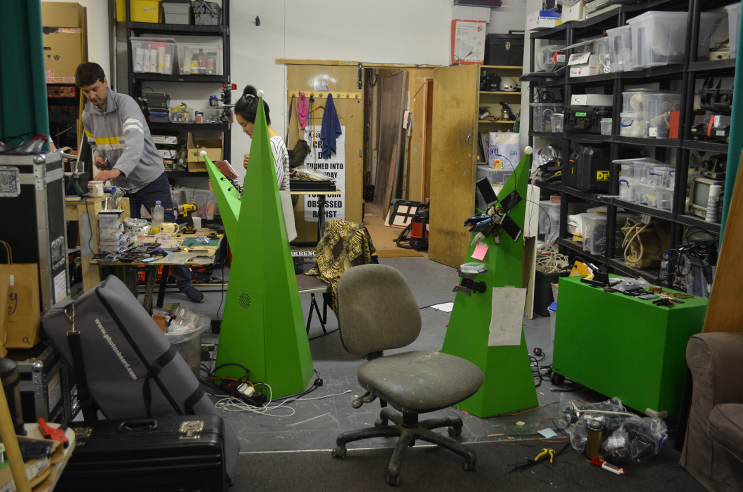
Each unit contained a wireless router, Raspberry Pi, Arduino, stepper motor driver, and various power supplies. A 12V fan mounted to the access panel kept everything cool.
This unit used a PCB I designed a little while ago for fading lots of LEDs...
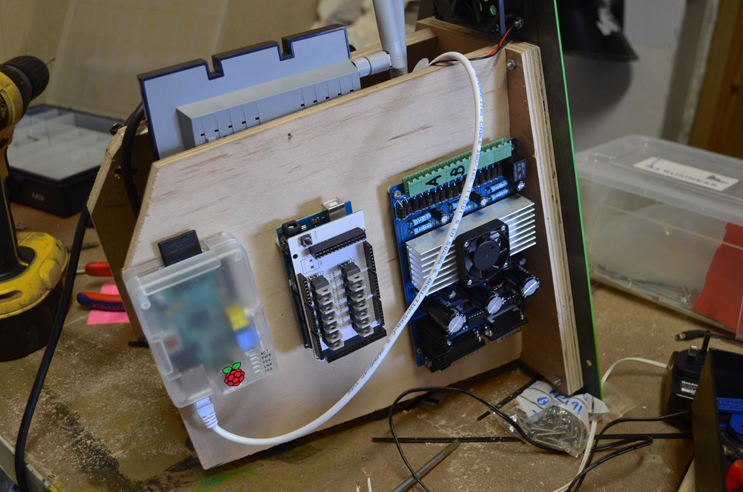
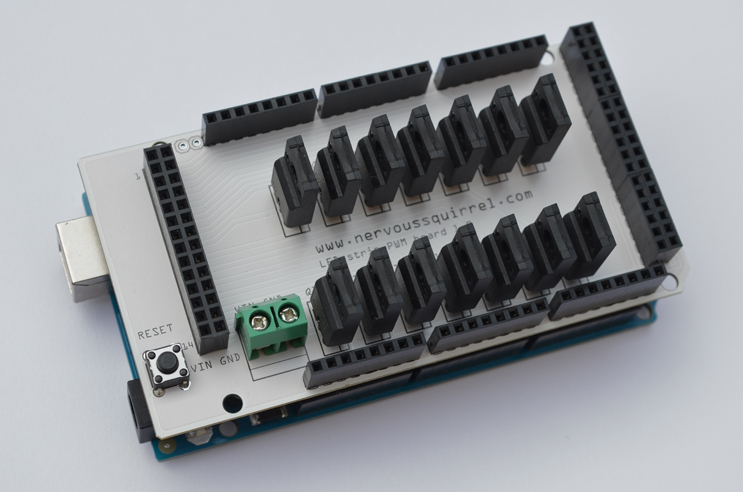
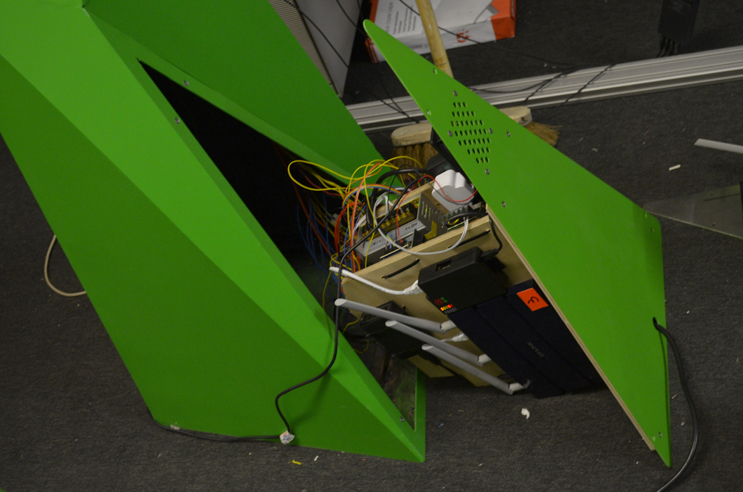
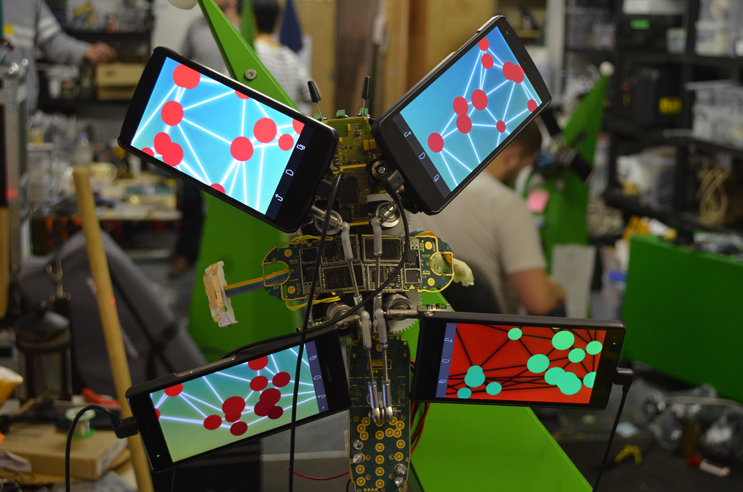
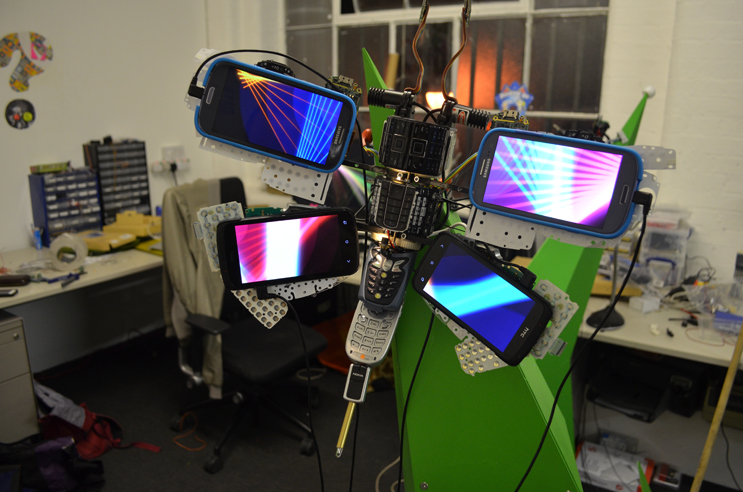
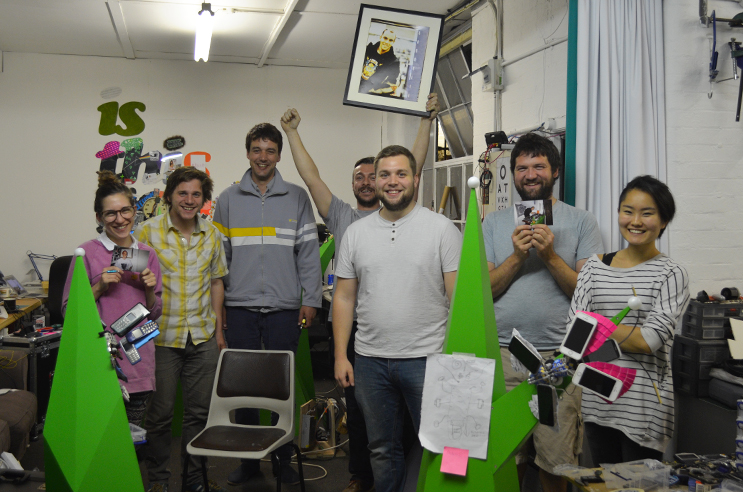
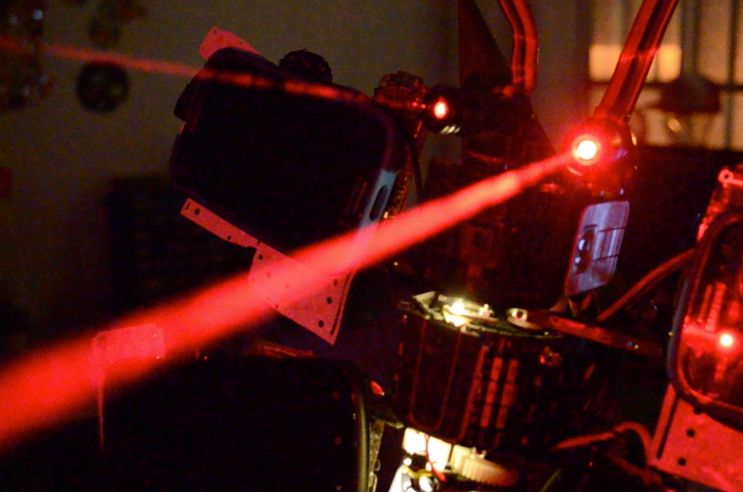
Stills shoot at the Natural History Museum
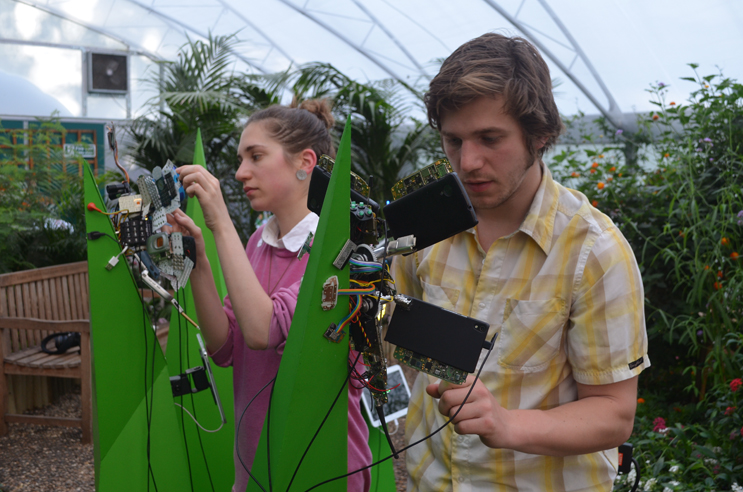
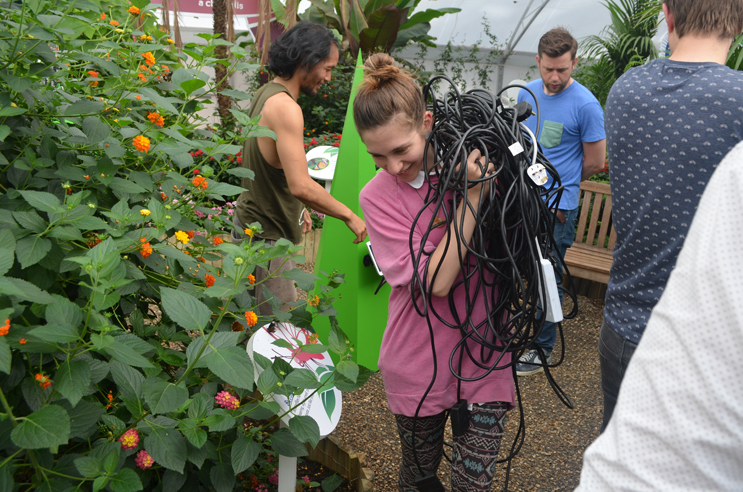
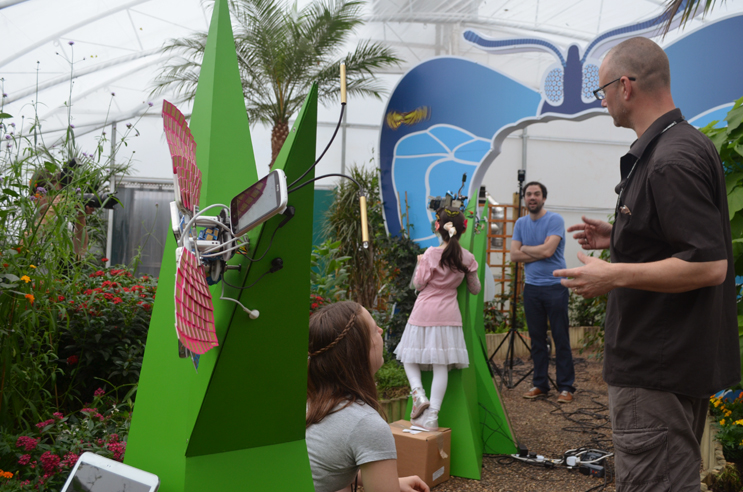
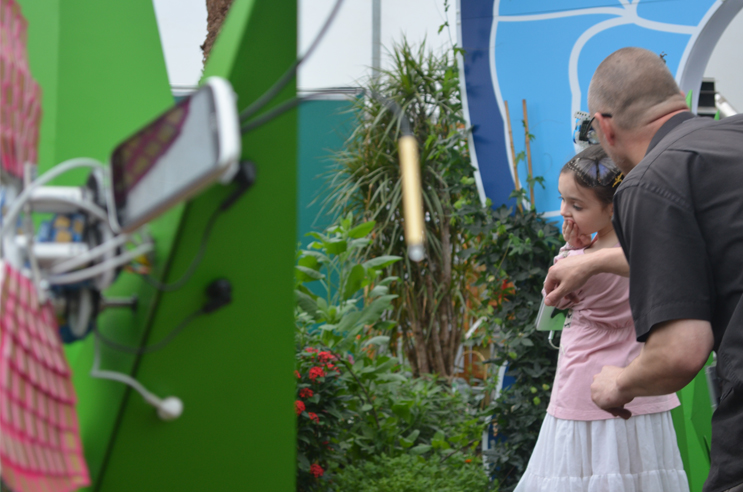
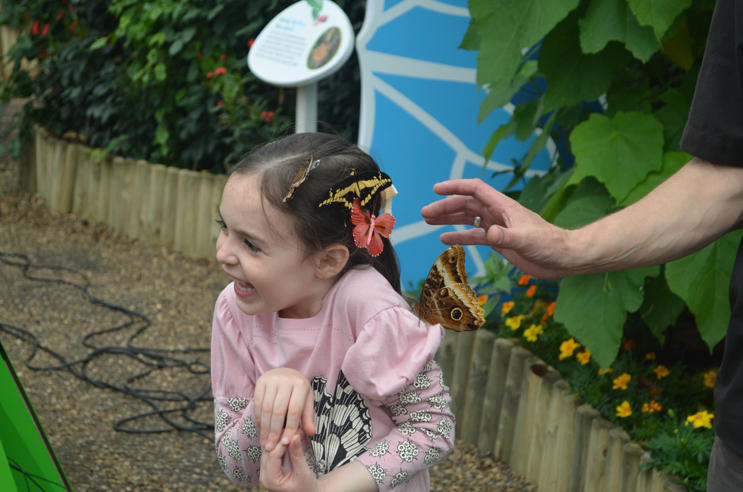
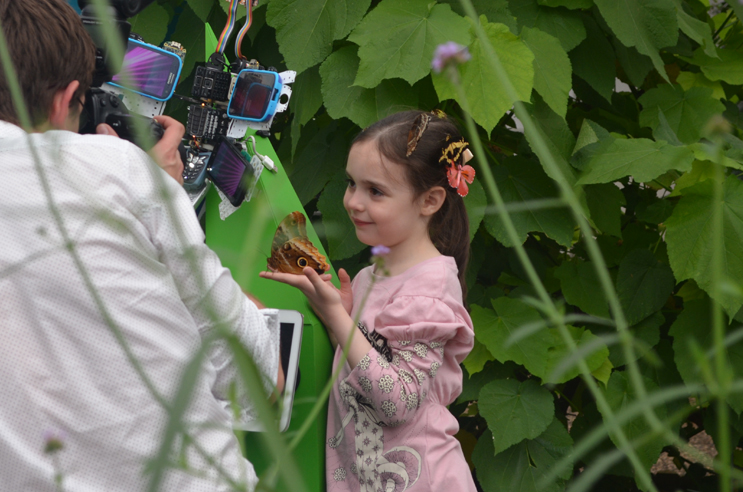
Big thanks to Ken, Chris, Marek, Neil, Dan, Robin, Liat, Jamie, Justin, Nadia, Luke and Ant.